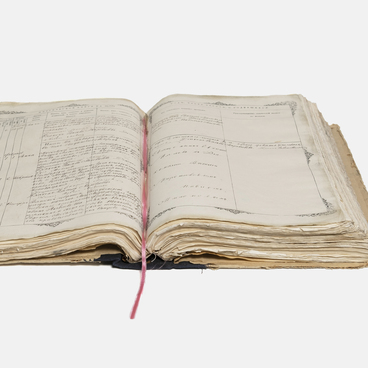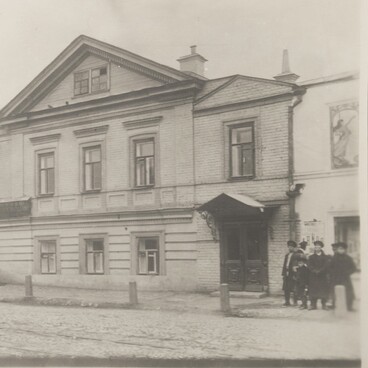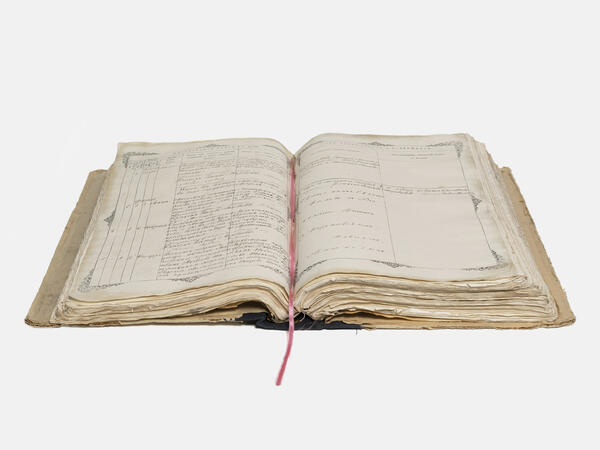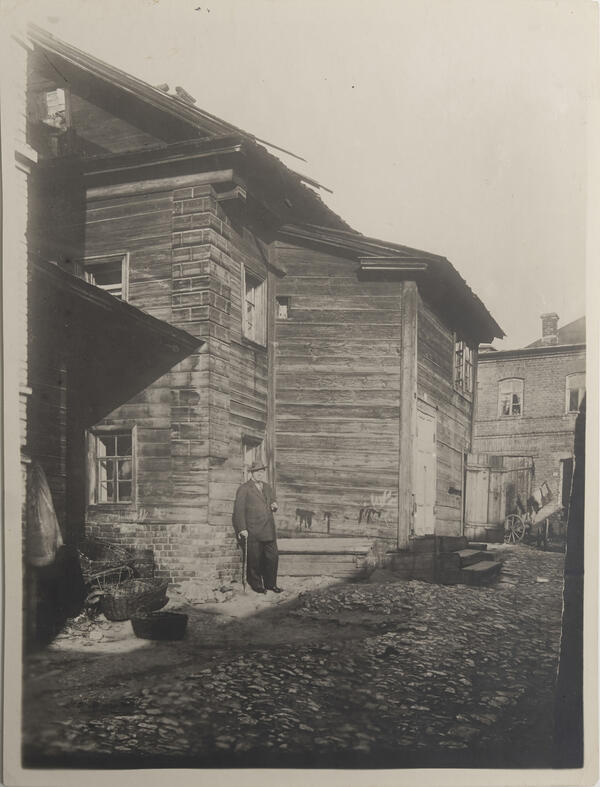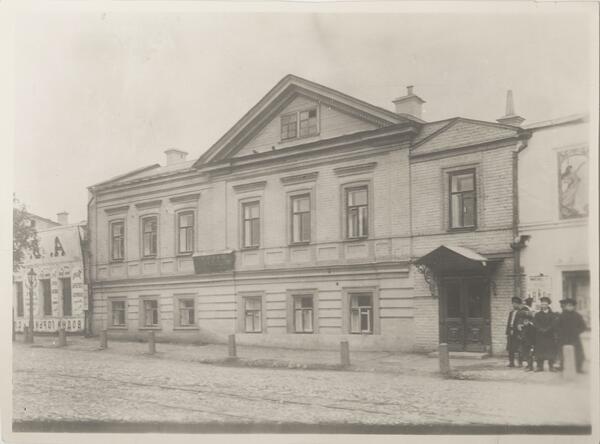This photo was taken at the request of Feodor Chaliapin for his book of memoirs. The picture shows the outskirts of old Kazan, known as Sukonnaya Sloboda or Sukonka. The area formed around a cloth factory, after which it was named (the Russian word for cloth is “sukno”). There, in a small wooden outbuilding that belonged to a merchant named Lisitsyn, the future performer Feodor Ivanovich Chaliapin was born in February of 1873.
Sukonnaya Sloboda was not much different from other industrial neighborhoods of Kazan at the end of the 19th century. It consisted of ordinary working-class people, who suffered from poverty, hardship, and lack of literacy and culture. Cobblestone streets were covered with thick dust on dry days and were sticky and muddy in the rain. The modest dwellings in the sloboda alternated with workshops, shops, inns, and taverns.
A clothmaker and a pigeon keeper, Afanasy Martyanov lived in an alley, not far from the Chaliapins. Little Feodor Chaliapin used to go there to feed pigeons, sit on the roof with Martyanov and scare fattened birds who did not want to fly away. The scenes with simple craftspeople who sang old folk songs in the street after a hard day’s work, would be forever etched in the boy’s memory. The boys in the street would join in signing the verses without properly knowing the words. Chaliapin later wrote in his memoirs,

